How Do You Use A Tripod Stand?
It allows you to capture clear and professional-quality images or footage by eliminating any handheld camera shake. Additionally, a tripod stand can also be useful for time-lapse photography, long-exposure shots, and self-portraits where you need to be in the frame.
Whether you’re a professional photographer or an amateur enthusiast, using a tripod stand can greatly enhance the quality of your work.

The Benefits Of Using A Tripod Stand For Photography
Using a tripod stand for photography offers numerous benefits, including increased stability and sharpness in photos. The tripod stand ensures that your camera remains steady, preventing any unwanted camera shake. This stability results in sharper images with greater detail and clarity.
Additionally, a tripod stand allows you to capture long exposure shots, providing a unique and artistic effect to your photographs. It enables you to keep the camera still for an extended period, capturing the movement of light and creating stunning effects.
Moreover, a tripod stand offers the convenience of hands-free shooting, allowing you to frame and compose your shot while keeping both hands free. This is especially helpful for self-portraits or when you need to adjust other elements in the scene.
Overall, using a tripod stand is an invaluable tool for any photographer looking to enhance the quality of their images.
Tripod Stand Considerations For Different Shooting Situations
When using a tripod stand for outdoor photography, it is important to consider certain factors. Firstly, choose a tripod that is lightweight and portable for ease of transport. Additionally, opt for a tripod stand with adjustable legs and a ball head to ensure stability and flexibility.
Moreover, consider the maximum weight capacity of the tripod to ensure it can support your camera gear. Furthermore, when shooting indoors, factors such as height adjustment and stability become crucial. Look for a tripod stand that offers quick and easy height adjustment, as well as rubber feet for added stability on different surfaces.
Lastly, if you plan on shooting videos, consider a tripod stand with fluid panning and tilting capabilities for smooth and professional-looking footage. By considering these factors, you can choose the right tripod stand for different shooting situations.
The Basics Of Tripod Stand Assembly
Building a tripod stand involves understanding its components, attaching the camera securely, and adjusting height and angle. The tripod stand consists of legs, a center column, and a head. To assemble, extend the legs and secure them firmly. Next, attach the center column to the tripod’s top and lock it into position.
Mount the camera onto the tripod head using the camera’s tripod socket. Make sure it is securely attached. Adjust the tripod height by releasing the leg locks and extending or retracting the legs. To achieve the desired angle, use the control handle or knobs to tilt or pan the head.
Remember to tighten the knobs once you have set the desired height and angle. By following these steps, you can effectively use a tripod stand for stable and accurate photography.
Tips For Ensuring Stability And Balance
Using a tripod stand properly is essential for stability and balance when capturing photos or videos. One important tip is to level the tripod stand correctly to ensure optimal stability. This can be achieved by adjusting the legs and using a spirit level if available.
Another technique to maintain balance is using counterweights or sandbags on the tripod to counteract any uneven weight distribution. Additionally, camera shake can be minimized by using a remote shutter release or setting a timer to avoid any vibration from pressing the shutter button.
Properly securing the camera to the tripod and tightening all the knobs and locks also contribute to stability. By following these tips, you can make the most out of your tripod stand and capture clear and steady shots.
Advanced Techniques For Composition And Framing
The tripod stand is an essential tool for advanced composition and framing techniques in photography. By utilizing this versatile device, you can achieve unique perspectives and angles that add depth and interest to your shots. The rule of thirds is a fundamental principle in composition, and the tripod stand helps you align your subjects perfectly within the frame.
It allows you to capture landscape shots with stability and precision, ensuring sharpness and clarity in every detail. Additionally, the tripod stand enables you to create stunning panoramic shots by smoothly panning the camera. Experimenting with different tripod heights and angles opens up a world of creative possibilities.
Embrace the tripod stand as an indispensable companion on your photographic journeys, and unlock the full potential of your compositions.
Exploring Creative Effects With A Tripod Stand
A tripod stand is a versatile tool for achieving various creative effects in photography. One of these effects is long exposure photography, where the camera captures the movement of light over an extended period. With a tripod stand, you can keep the camera still, resulting in sharp images while creating beautiful light trails.
Additionally, you can experiment with light painting techniques, which involve using various light sources to paint or draw shapes in the frame. This can add a captivating and artistic element to your photographs. Another creative use of a tripod stand is time-lapse photography, where you capture a series of images over an extended period and combine them into a video.
By keeping the camera steady on a tripod stand, you can ensure smooth and seamless transitions between frames. Furthermore, a tripod stand allows you to achieve a shallow depth of field, where the subject is in sharp focus while the background appears blurry.
This can create a visually pleasing effect by isolating the subject and adding depth to the image. Overall, a tripod stand is an essential tool for photographers looking to explore their creativity and capture stunning images.
Conclusion
Mastering the use of a tripod stand is essential for any photographer or videographer seeking stability and precise composition in their work. By following the basic steps outlined one can confidently set up and adjust a tripod to suit their specific needs.
Remember to choose a tripod that matches your equipment’s weight and size, and always ensure the legs are securely locked. Take advantage of the tripod’s adjustable legs and center column to modify the height and angle of your camera. To minimize vibrations, use a remote shutter release or the camera’s self-timer.
Finally, don’t forget to experiment with different tripod positions and heights to achieve that perfect shot. With practice, using a tripod will become second nature, vastly improving the quality and professionalism of your photographs and videos. Happy shooting!

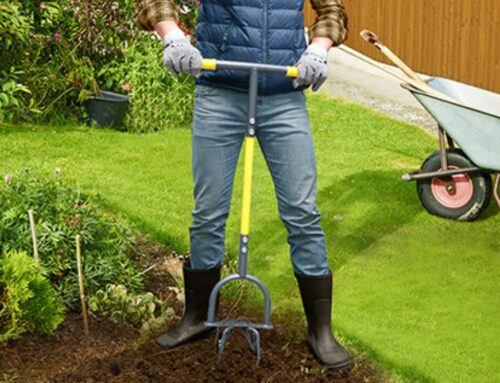
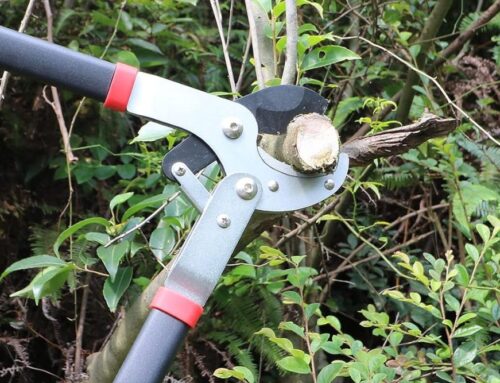

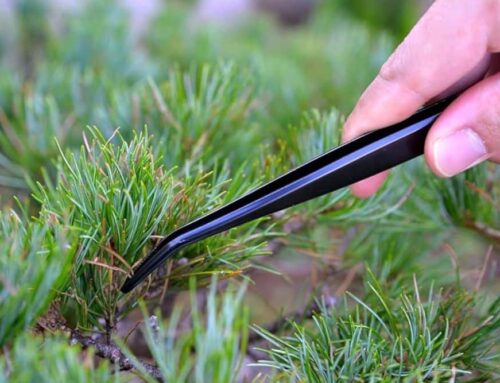
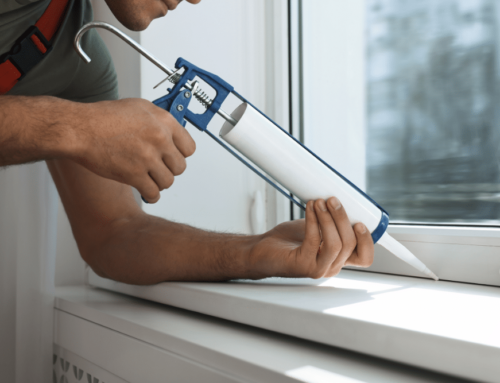
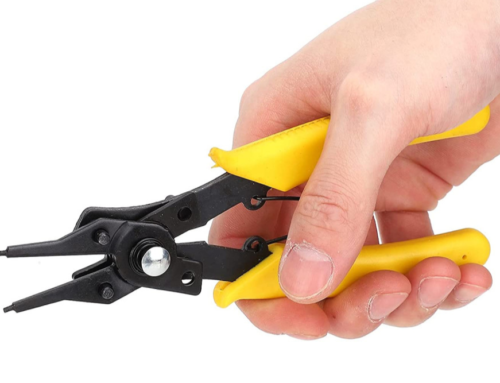
Leave A Comment